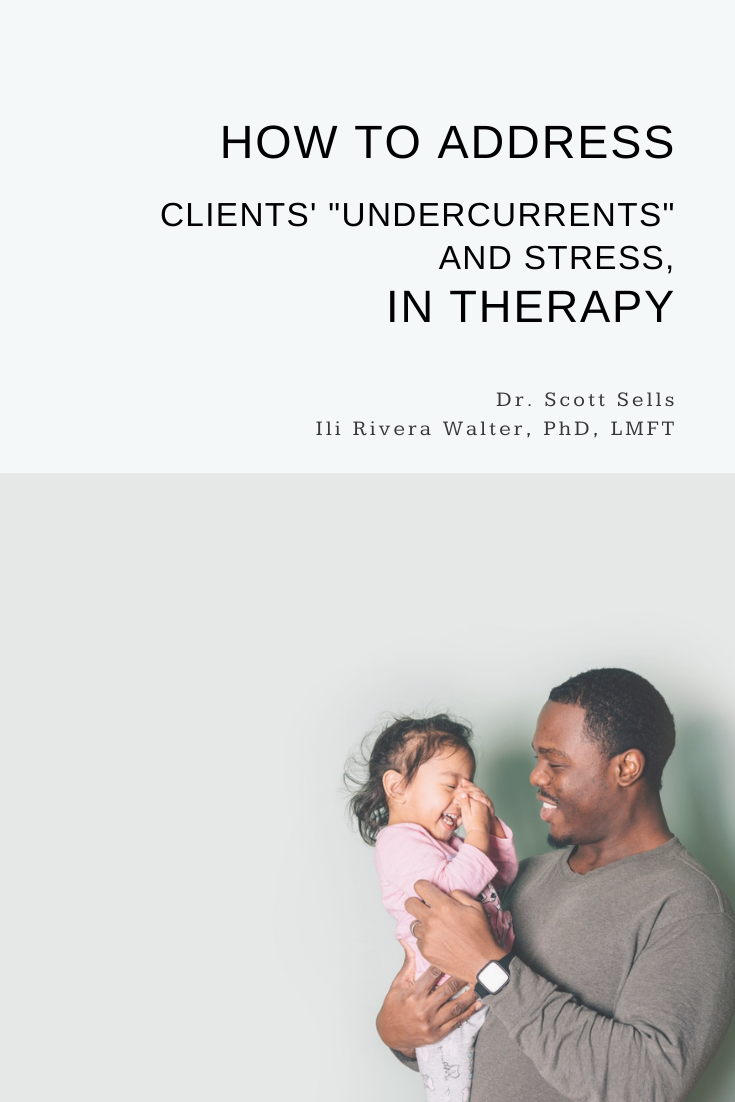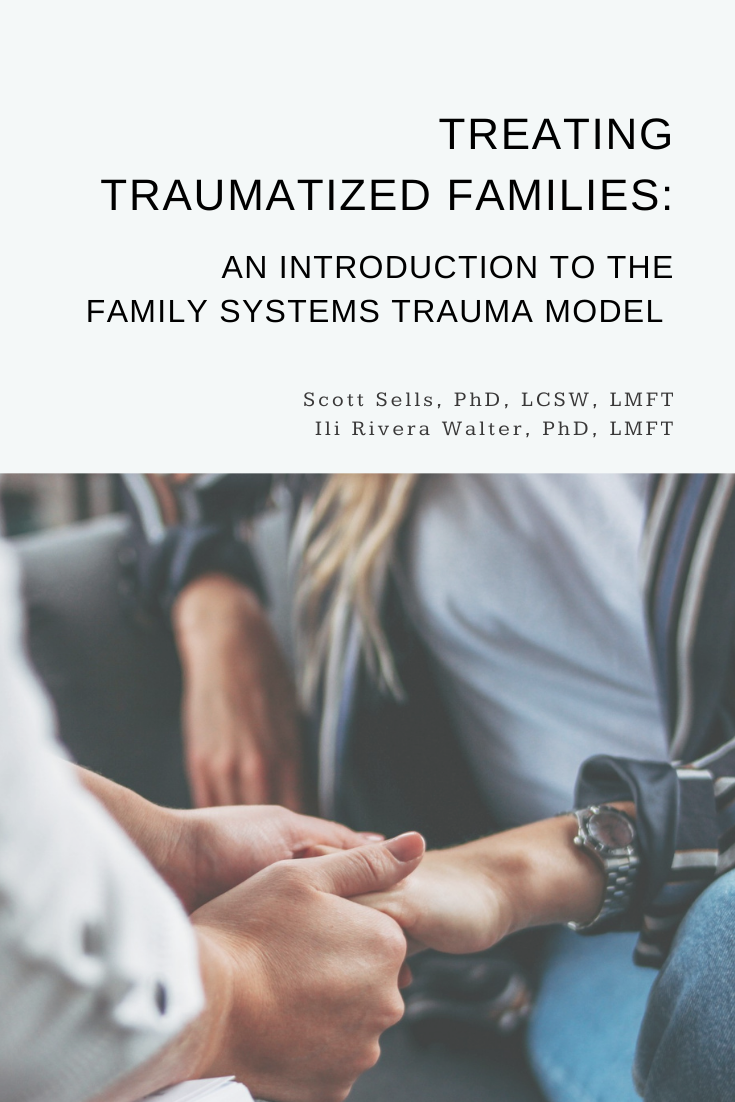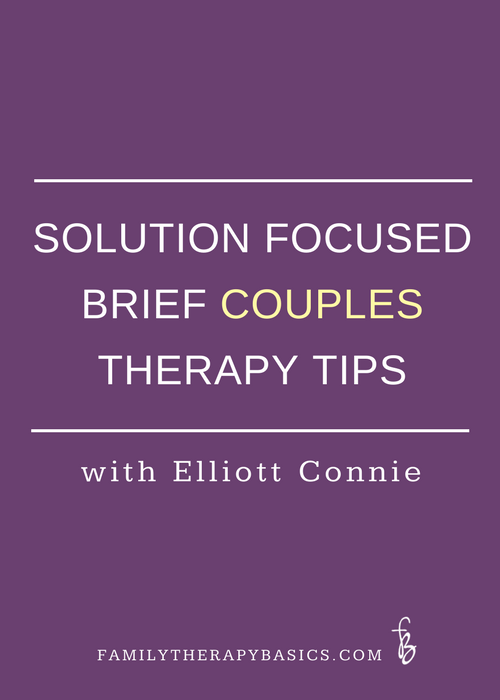It’s time for another research roundup!
This Spring, I taught Research and Analysis for the first time, to graduate MFT students. And, as expected, I enjoyed it! I realize, as a former student myself, that grad students come to Research with many misconceptions. So, I began the first class with Brené Brown’s The Power of Vulnerability.
Brown’s talk completely changed my view of research when I was a doctoral student, and I hoped it would offer inspiration to my new Research learners. She tells a story not only about vulnerability, but also about research as a relationship involving the researcher, her participants, and a larger conversation that is happening between them—a dialogue. The dialogue can be transformational, if the researcher pays attention—which, is the central theme of Brown’s talk.
Nevertheless, I share this to give some context to these research roundups. I read, mainly the Journal of Marital and Family Therapy (JMFT), to stay on top of the latest information in my field. But, I also contemplate research—formal and informal, as a contributor to personal and professional growth. I am grateful for those “out there” conducting research, and invite you to dig into what research can offer your practice this summer.
Below are brief summaries of five articles I read this past semester for my own learning, and/or to support students’ learning.
Partners in the spiritual dance: Learning clients’ steps while minding all our toes
The authors present three clinical cases to illustrate the complexity involved in and resulting from the interaction of clients’ and therapist’s spiritual beliefs. A recognition of the struggle, nuance, difference, similarity, and centrality of spirituality for therapists and clients is essential to respectfully exploring spirituality, together. The cases are presented in the article by the treating therapist, using the outline: Self of the therapist, model, case description, and reflections. Organizing the therapist’s location--spiritually, personally, and professionally, during their work on the case proves vital to discovering how conversations about spirituality are influenced and developed by all parties in therapy. The authors recommend “spiritual self-awareness” as a competency for therapists.
Keeling, M. L., Dolbin-MacNab, M. L., Ford, J., & Perkins, S. N. (2010). Partners in the spiritual dance: Learning clients’ steps while minding all our toes. Journal of Marital and Family Therapy, 36(2), 229-243.
Covenant attachment: A constructivist grounded theory of Christian couples and God
Seeking to develop an attachment, systemic theory about God within the relationship of marriage, the authors conducted a study with nine heterosexual couples from varying Christian denominational backgrounds. They asked the following initial questions during conjoint interviews:
“Can you tell me about how you have experienced God in your relationship with each other?
Can you describe the role God plays in your relationship?
Can you describe both your relationship with your partner and your relationship with God?”
Follow up questions were:
What is it about your spouse’s relationship with God that you like the most or that affects you the most?
When do you feel closest to your spouse spiritually?
What do you do to achieve that?
The resulting theory offers a framework for attachment that incorporates God into the marital relationship. The researchers explain how individual cognitions, emotions, and relationship with God are lived out by spouses in couple behaviors, and eventually, couple behaviors toward God. In regard to couple therapy, this model helps therapists think through the couple-God relationship within the framework of attachment theory, considering individual-God, spouse-spouse, and couple-God attachment styles.
Maxwell, M. D., Davis, S. D., Miller, M. M., & Wooley, S. R. (2020). Covenant attachment: A constructivist grounded theory of Christian couples and God. Journal of Marital and Family Therapy, 46(1), 110-123.
Clinical and ethical considerations for delivering couple and family therapy via telehealth
Through case examples that address specific challenges occurring during telehealth sessions, the authors offer recommendations for best practices. For example, for the telehealth challenges of: “need for individual assessment” and “difficulties joining with the couple/family,” the authors include an initial in-office visit among their suggestions. The authors also give a brief overview of privacy, confidentiality, and safety considerations for therapists.
One way in which telehealth reduces barriers, according to the authors, is in the area of skills-building. They make the point that skills-building during telehealth sessions may result in improved outcomes, since the skill is being both taught and practiced in the same environment —the clients’ home.
Although this article was published in 2019, it includes several ideas which could be considered outdated during the COVID-19 pandemic, such as in-person initial visits, and mailing documents to clients. Research that offers best practices when only electronic means are an option would serve therapists and clients who do not have in-person options, and/or would like to offer services remotely.
Wrape, E. R., & McGinn, M. M. (2019). Clinical and ethical considerations for delivering couple and family therapy via telehealth. Journal of Marital and Family Therapy, 45(2), 296-308.
Results of Gottman Method Couples Therapy with gay and lesbian couples
This study was a collaboration between the Gay Couple Institute in San Francisco, CA, and the Gottman Institute, through the use of Gottman Method Couples Therapy. The study involved 88 gay couples and 18 lesbian couples who received therapy by a Gottman-trained therapist for an average of 9 sessions. Therapy addressed friendship/intimacy, conflict, and shared meaning. The researchers measured relationship satisfaction four times during the study, using the Locke-Wallace Marital Adjustment Test. Improvement of marital satisfaction was statistically significant. The authors say, “the effect sizes of marital therapy tend to be on the order of a standard deviation and our results are twice that size” (p. 690). The authors conclude this result is due to factors unique to gay and lesbian couples, including: less inequality and gender role differences, couple therapy is “more powerful” with same sex couples, and power dynamics and benevolence are more central to emotional and communication dynamics.
Garanzini, S. Yee, A., Gottman, J., Gottman, J. Cole, C., Preciado, M, & Jasculca, C. (2017). Results of Gottman Method Couples therapy with gay and lesbian couples. Journal of Marital and Family Therapy, 43(4), 674-684.
The condensed MFT core competencies: A streamlined approach for measuring student and supervisee learning using the MFT core competencies
Motivated by simplifying the existing MFT core competencies for regulators, administrators, and programs, the authors used descriptive qualitative research analysis to condense 128 competencies to 16. The authors searched for themes within the existing competencies, in order to further categorize and distill the core competencies. The initial idea to condense the competencies was suggested to the authors during a workshop at the AAMFT National Conference. Additionally, the initial 17 competencies generated by the analysis were edited after further feedback was offered at a subsequent annual conference. The new, streamlined competencies center more on competent MFT practice than the process of therapy. The authors include a chart of the new 16 condensed competencies, as well as an explanation for each in this article.
I have used the full list of 128 competencies in the past for courses and supervision, and it can lead to “information overload” for trainees and post-grad therapists. I see this new list as helpful for organizing training and learning for both faculty and students.
Northey, W. F., & Gehart, D. R. (2020). The condensed MFT core competencies: A streamlined approach for measuring student and supervisee learning using the MFT core competencies. Journal of Marital and Family Therapy, 43(4), 674-684.
From the book club
Letters to a Young Therapist
Organized as letters written throughout the seasons of the year, this book is a journal from an experienced therapist to a young therapist. The book includes lessons on self-care, client loss, couple work, ethics, self-disclosure, training, and more topics that are central to a therapist’s life, career, and longevity. This is a useful read for graduate students, post-graduate therapists, and early licensed therapists, because the author addresses conflicts and personal challenges inherent in the work of therapy.
Pipher, M. (2016). Letters to a young therapist. Basic Books.
Suggestions for further reading:
Accompaniment to articles on spirituality:
Griffith, J. L., & Griffith, M. E. (2003). Encountering the sacred in psychotherapy: How to talk with people about their spiritual lives. Guilford Press.
Accompaniment to Gottman Methods article:
Coontz, S. (2020, February 13). How to make your marriage gayer: Same-sex spouses feel more satisfied with their partners than heterosexual ones. What’s the secret?. The New York Times. https://www.nytimes.com/2020/02/13/opinion/sunday/marriage-housework-gender-happiness.html
Let’s Chat
Let me know in the comments below:
Which article, or topic, stands out as important to you right now?













